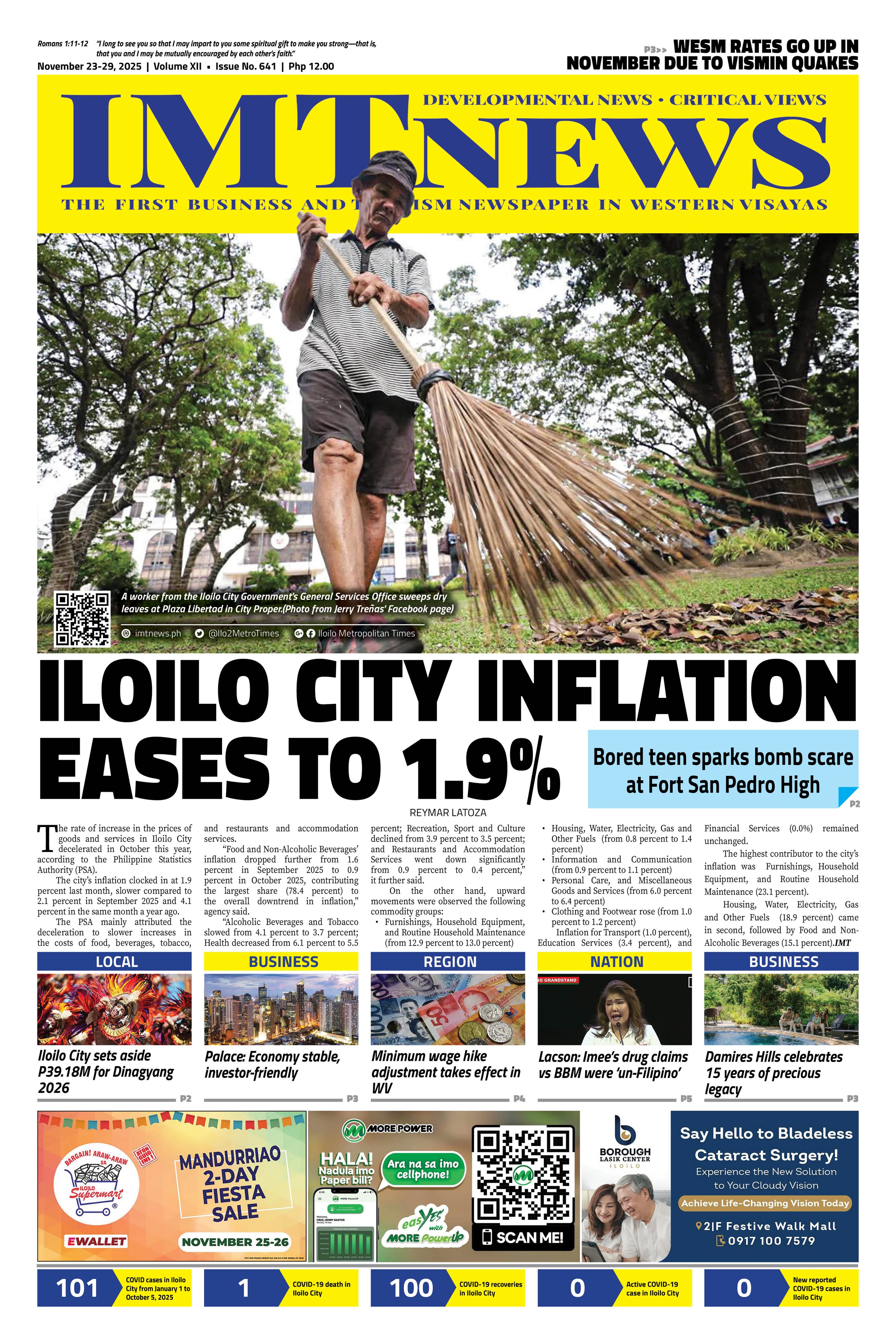The Iloilo Provincial Government is pushing for an ordinance that would make it easier for investors to bring in renewable energy projects, a move expected to fast-track development and strengthen the province’s position as a prime energy hub.
The proposed Iloilo Simplified Implementation of Permits and Local Clearances for Local Energy Projects (I-SIMPLE) ordinance seeks to standardize and simplify requirements across all local government units (LGUs) in the province. Iloilo
Board Member Rolly Distura said the measure aims to remove bottlenecks that often discourage investors.
“Too many requirements drive away investors. I-SIMPLE is anchored on the Energy Virtual One-Stop Shop (EVOSS) Act, which ensures a clear timeline. We are also advocating for each LGU to establish a renewable energy local economic investment zone as part of their land use plan,” Distura explained during the “Road to Renewables: Conversations to Energy Transitions” forum hosted by the Department of Energy (DOE) and the CASE for Southeast Asia project.
The ordinance is currently at the committee level in the Sangguniang Panlalawigan.
DOE Energy Resource Development Division chief Lourdes Arciaga noted that as of December 2024, the agency has awarded service contracts with a combined 2,122 megawatts of indicative capacity for offshore and onshore projects.
However, she stressed that endorsements from LGUs remain a stumbling block in the pre-development stage.
“If not for delays, we could already envision wind turbines rising in Iloilo’s mountainous areas and coastlines within the next decade,” Arciaga said, expressing hope that the I-SIMPLE initiative would send a strong signal to investors.
Global Wind Energy Council (GWEC) senior policy officer Pope John Sotto likewise emphasized Iloilo’s potential, pointing out that the province is among six development zones identified by the World Bank for the country’s 170-gigawatt offshore wind power roadmap.
The Philippines, under its Energy Plan 2023–2050, aims to raise the share of renewable energy in the national power mix to 35 percent by 2030 and 50 percent by 2050. Iloilo’s proactive step, stakeholders said, could make it a frontrunner in reaching these targets.
By cutting red tape and harmonizing policies, Iloilo positions itself not just as an investment-friendly province but also as a future leader in renewable energy development in the country.IMT







